Creamy Pesto Gnocchi Flavorful Easy Dinner Dish
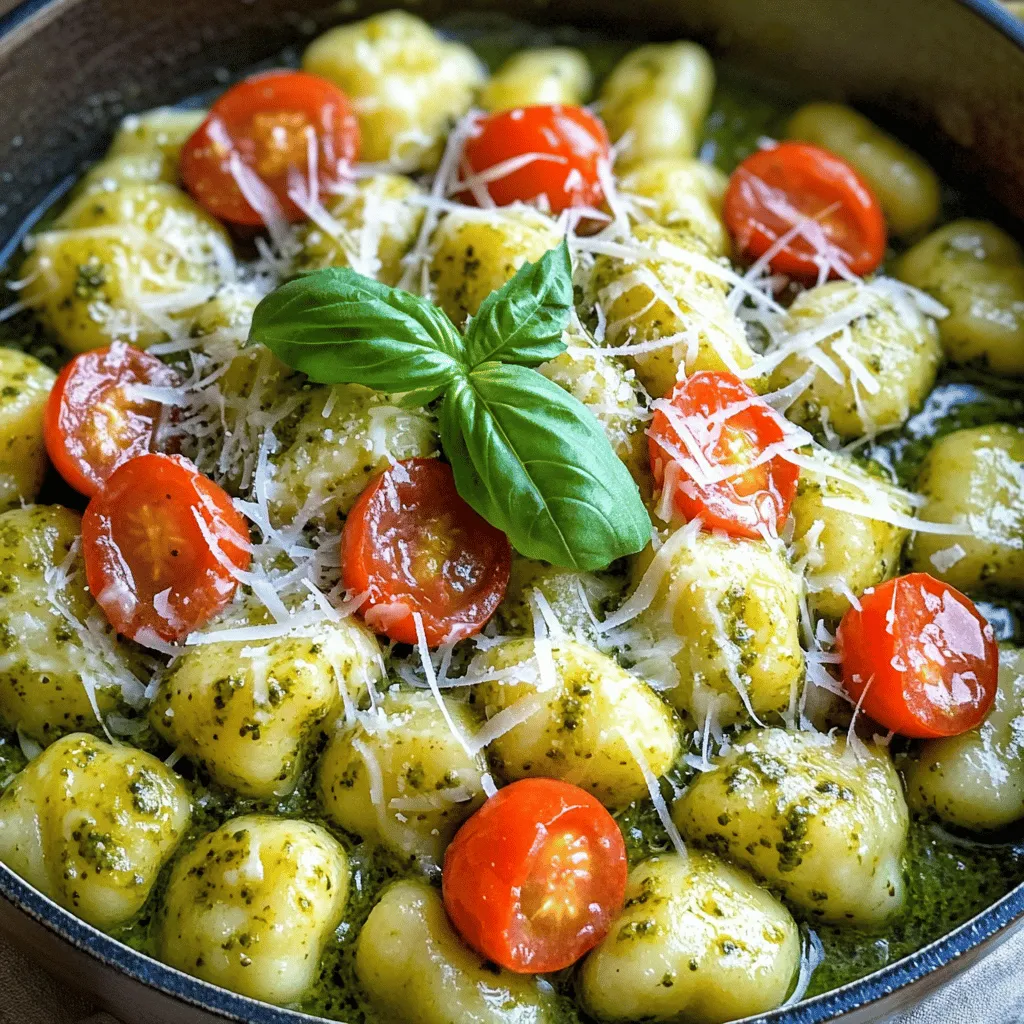
Are you ready to elevate your dinner game? Creamy Pesto Gnocchi is a quick and tasty dish that you can whip up in no time. This recipe mixes soft, pillowy gnocchi with a rich and creamy pesto sauce. It’s simple enough for a weeknight meal yet fancy enough for guests. Join me as we dive into all the delicious details and tips to make this flavorful dish shine!
Ingredients
Main Ingredients for Creamy Pesto Gnocchi
To make this dish, you need simple and fresh ingredients. Here’s what you will use:
– 1 package (16 oz) potato gnocchi
– 1 cup fresh basil pesto
– 1 cup heavy cream
– 1 cup cherry tomatoes, halved
– ½ cup grated Parmesan cheese, plus extra for serving
– 2 cloves garlic, finely minced
– 2 tablespoons extra virgin olive oil
– Sea salt and freshly cracked black pepper, to taste
– Fresh basil leaves, for garnish
These ingredients blend well to create a rich and creamy sauce. The gnocchi adds a soft texture, while the pesto brings great flavor.
Substitutions and Alternatives
You can easily switch some ingredients for a different taste. Try these options:
– Swap potato gnocchi for cauliflower gnocchi for a lighter version.
– Use homemade pesto for a fresh touch.
– Replace heavy cream with coconut cream for a dairy-free option.
– Choose sun-dried tomatoes instead of cherry tomatoes for a bolder flavor.
These alternatives let you customize your meal based on what you have at home.
Nutritional Information per Serving
Each serving of creamy pesto gnocchi offers balanced nutrition. Here’s a quick breakdown:
– Calories: Approximately 450
– Protein: 12g
– Fat: 30g
– Carbohydrates: 35g
– Fiber: 2g
This dish is rich in flavor and provides a satisfying meal. It balances carbs and fats well, making it a fulfilling choice for dinner.
Step-by-Step Instructions
Preparing the Gnocchi
To start, bring a large pot of salted water to a boil. This adds flavor to the gnocchi. Once the water is boiling, add the potato gnocchi. Cook them according to the package instructions. The gnocchi are done when they float to the top, usually in about 2-3 minutes. When cooked, drain them and set aside.
Making the Creamy Pesto Sauce
In a large skillet, heat 2 tablespoons of extra virgin olive oil over medium heat. Wait until the oil shimmers. Then, add 2 cloves of finely minced garlic. Sauté the garlic for about 1 minute. It should smell good but not brown. Next, add 1 cup of cherry tomatoes, halved. Cook for another 2-3 minutes until the tomatoes soften. This step brings out their juices.
Now, lower the heat and pour in 1 cup of heavy cream. Stir it well and let it simmer gently for about 2 minutes. After that, mix in 1 cup of fresh basil pesto and ½ cup of grated Parmesan cheese. Stir until you have a smooth and creamy sauce. Season with sea salt and freshly cracked black pepper to taste.
Combining Gnocchi and Sauce
Carefully fold the cooked gnocchi into the creamy pesto sauce. Make sure each piece is well coated. Stir gently to combine everything. Let the gnocchi heat through for another 2-3 minutes. Stir occasionally to ensure even heating. When everything is hot, remove the skillet from the heat. Serve the gnocchi in wide, shallow bowls. Garnish with fresh basil leaves and extra Parmesan cheese if you like. Enjoy your creamy pesto gnocchi!
Tips & Tricks
Best Practices for Perfect Gnocchi
To cook gnocchi just right, follow these tips. Use a large pot for boiling water. Add a good amount of salt. When gnocchi float, they are done. This takes about 2-3 minutes. Be careful not to overcook them. Overcooked gnocchi can turn mushy and lose their charm.
How to Choose Quality Pesto
Quality pesto makes a big difference in taste. Look for fresh basil pesto with simple ingredients. Check for bright green color and a rich aroma. If you can, buy it from local markets. Homemade pesto is also a great choice. Use fresh basil, good olive oil, and garlic for the best flavor.
Serving Suggestions and Presentation Tips
To make your dish pop, serve it in wide, shallow bowls. This allows the colorful cherry tomatoes and fresh basil to shine. Drizzle some olive oil on top for extra richness. For a bit of crunch, sprinkle more grated Parmesan cheese on each serving. This adds a nice touch and enhances the dish.
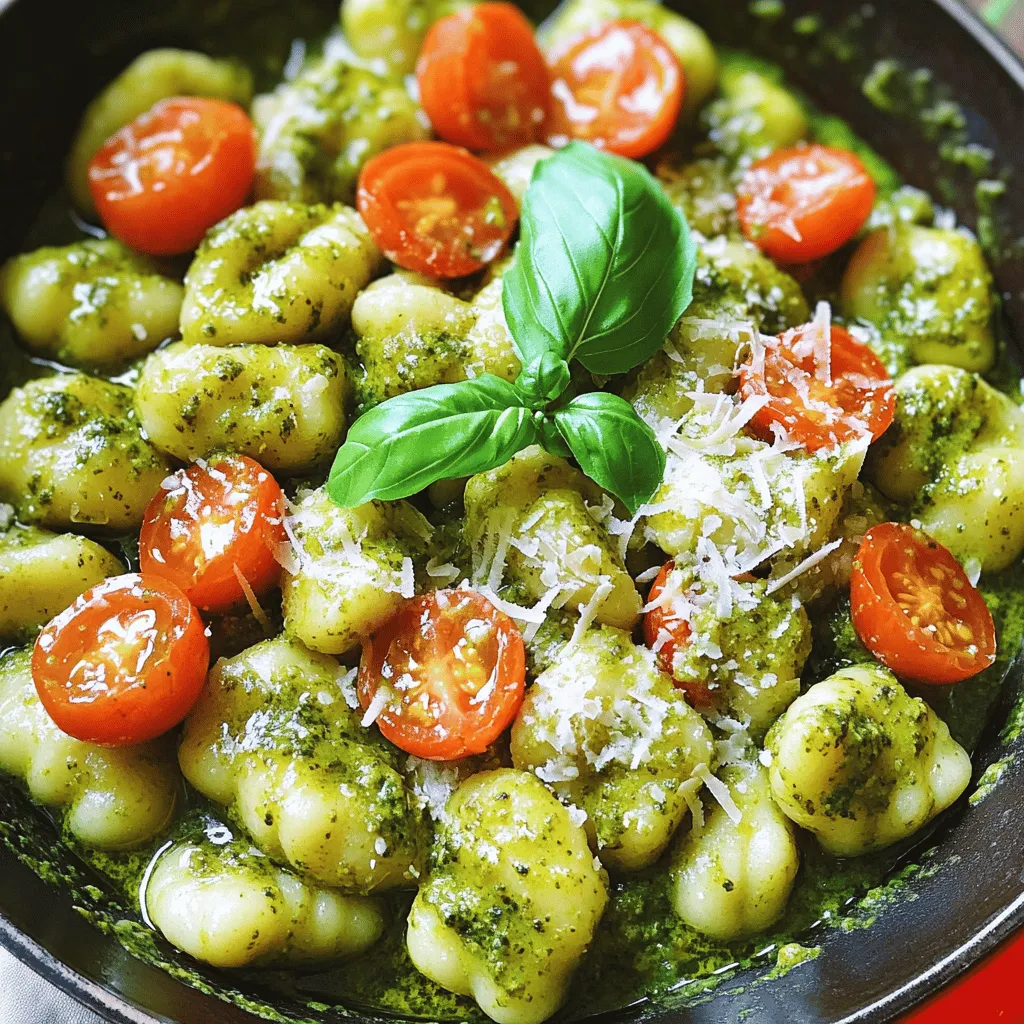
Variations
Alternate Sauces and Add-Ins
You can change the sauce to mix things up. Try using alfredo sauce instead of creamy pesto. The creamy texture will still shine. You can also add sun-dried tomatoes for a sweet twist. For a spicy kick, mix in some red pepper flakes. If you’re feeling adventurous, consider a roasted red pepper sauce. Each option brings a new flavor to the dish.
Vegetarian and Vegan Options
This dish is easy to adapt for different diets. To make it vegetarian, just skip the Parmesan or use a vegetarian version. For a vegan dish, use plant-based gnocchi and substitute the cream with coconut cream. You can also use nutritional yeast for a cheesy flavor without dairy. Fresh basil pesto can be made vegan by replacing cheese with cashews or almond butter.
Flavor Enhancements
Want to take your creamy pesto gnocchi to the next level? Try adding fresh lemon juice for brightness. A sprinkle of lemon zest can also add a fresh aroma. Another great idea is to fold in some spinach or kale for extra greens. You can also mix in roasted garlic for a deep flavor. These small tweaks can create a more vibrant and delicious meal.
Storage Info
How to Properly Store Leftovers
To store your creamy pesto gnocchi, let it cool first. Place it in an airtight container. Keep it in the fridge for up to three days. The sauce may thicken, but it will still taste great. Always label the container with the date.
Reheating Instructions
When you’re ready to eat, reheat the gnocchi gently. You can use a skillet over low heat. Add a splash of cream or water to loosen the sauce. Stir often until it’s hot. You can also microwave it for about 1-2 minutes. Cover it to keep moisture in.
Freezing Tips for Gnocchi
If you want to freeze your gnocchi, do it before cooking. Place the raw gnocchi on a baking sheet. Freeze them until solid, then transfer to a freezer bag. This way, they last for up to two months. When ready to use, cook directly from frozen. Just add a couple of extra minutes to the cooking time.
FAQs
What is the best type of gnocchi to use?
The best type of gnocchi to use is potato gnocchi. It has a soft, fluffy texture that pairs well with creamy sauces. You can find it in most grocery stores. Look for fresh or frozen options. Fresh gnocchi cooks quickly and tastes great. Frozen gnocchi is handy for meal prep and lasts longer. Either way, gnocchi adds a wonderful base to your creamy pesto dish.
Can I make homemade pesto for this recipe?
Yes, you can make homemade pesto for this recipe. Fresh pesto boosts flavor and freshness. To make it, blend fresh basil, garlic, pine nuts, Parmesan cheese, and olive oil. Use a food processor for the best results. Adjust the ingredients to match your taste. Homemade pesto can also be stored in the fridge for a week. It’s a fun way to personalize your creamy pesto gnocchi.
How long does creamy pesto gnocchi last in the fridge?
Creamy pesto gnocchi lasts about 3 days in the fridge. Store it in an airtight container to keep it fresh. If you need to save it longer, consider freezing it. Reheat gently on the stove or microwave before serving. Be careful not to overcook it again. This way, you can enjoy your flavorful dish anytime!
In this post, you learned how to make creamy pesto gnocchi. We covered the key ingredients and helpful steps for cooking. I shared tips for perfect gnocchi and serving ideas. You also saw how to store leftovers and variations you can try.
Remember, this dish is easy to make and full of flavor. Enjoy your cooking adventure!
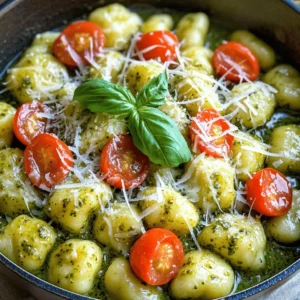

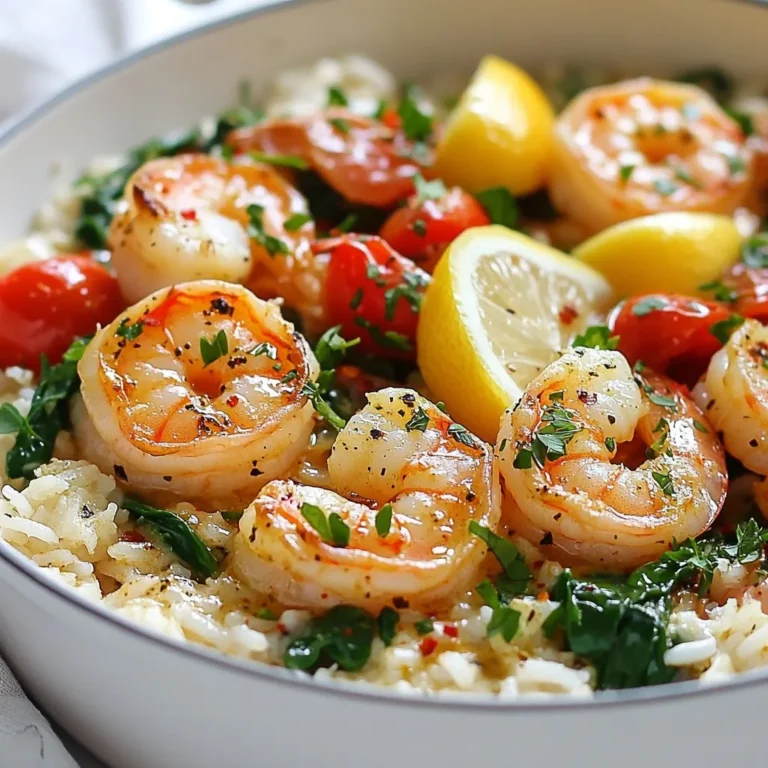
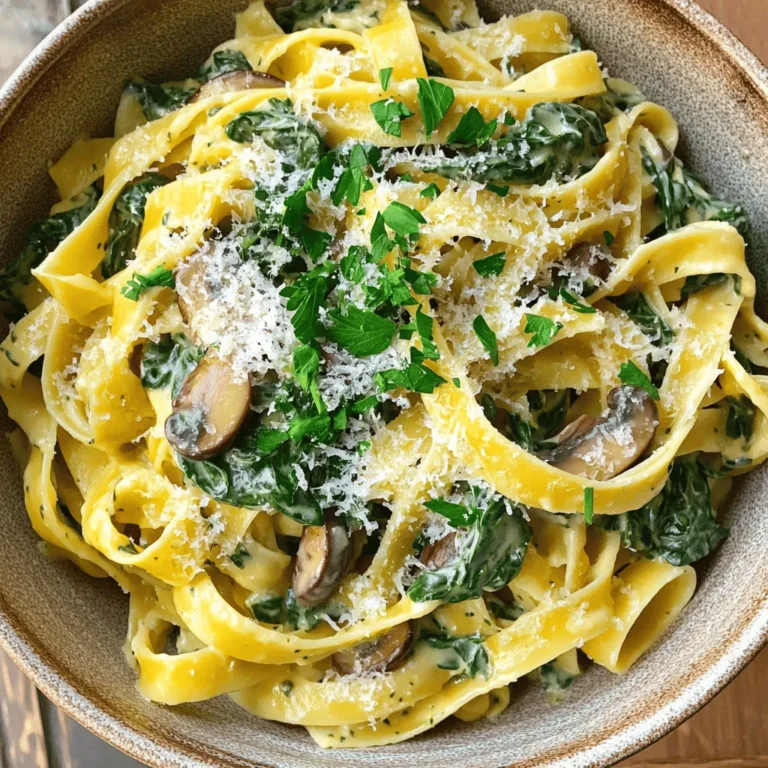
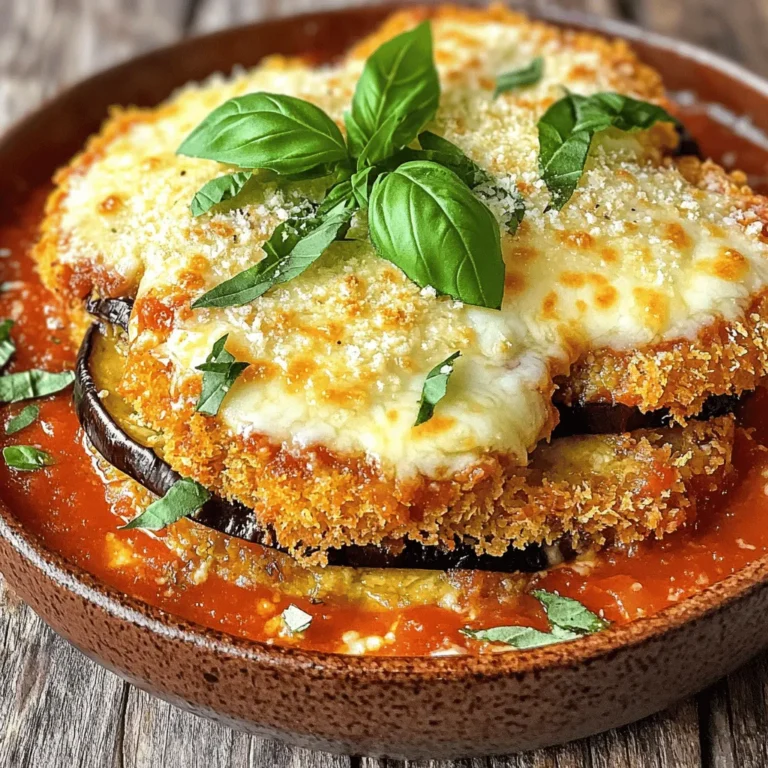
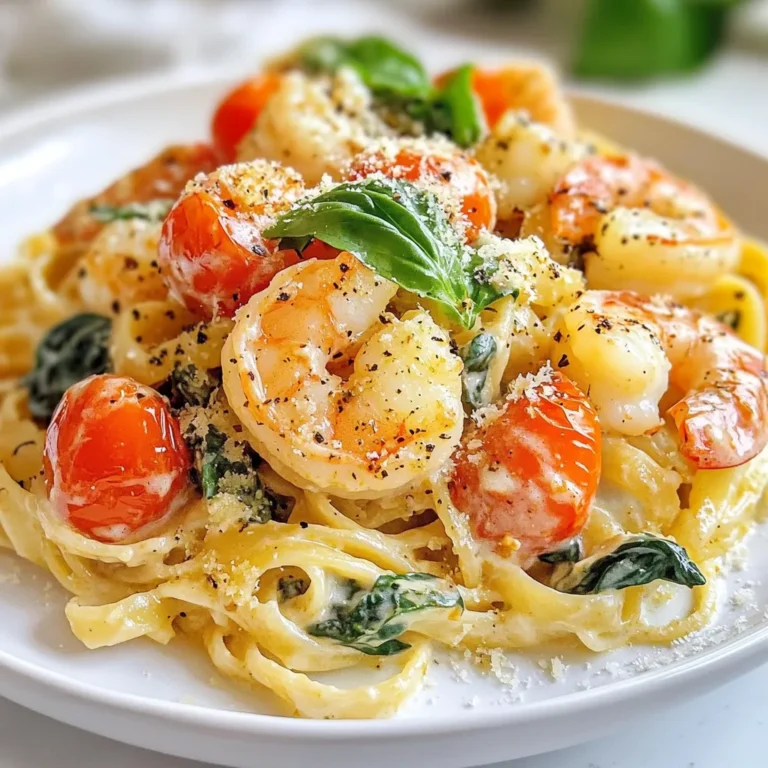
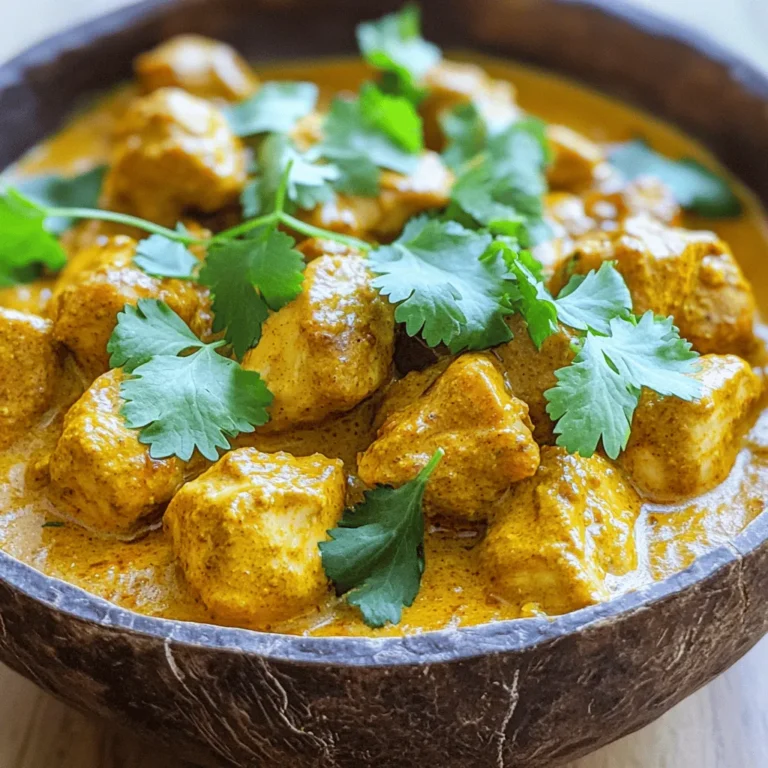
. 1. Preheating the oven: Start by setting your oven to 400°F (200°C). This heat helps the chicken cook evenly and ensures a crispy skin. 2. Drying the chicken thighs: Use paper towels to pat the chicken thighs dry. Getting rid of moisture is key for that nice, crispy texture. 1. Mixing seasoning and applying to chicken: In a bowl, mix olive oil, garlic powder, dried oregano, salt, and black pepper. Rub this mix all over the chicken thighs. Be sure to coat them well for great flavor. 2. Layering the pesto: Take your basil pesto and spoon a good amount onto each thigh. Make sure each piece is coated well for the best taste. 1. Arranging chicken in the baking dish: Place the chicken thighs skin-side up in a baking dish. Scatter halved cherry tomatoes around the chicken. Their juices will add even more flavor. 2. Baking time and checking doneness: Put the dish in the oven. Bake for about 35-40 minutes. Check that the juices run clear and the thickest part of the thigh reads 165°F (74°C) on a meat thermometer. This step-by-step guide will help you create the best Baked Pesto Chicken Thighs. For the full recipe, check out the earlier section. To get crispy skin on your baked pesto chicken thighs, start by patting the chicken dry with paper towels. This step removes extra moisture, helping the skin crisp up nicely. Next, set your oven to 400°F (200°C). This temperature is key for cooking the chicken evenly while also achieving that perfect crispy finish. Mix your basil pesto with a teaspoon of olive oil if it feels thick. This makes it easier to coat the chicken thighs evenly. A good layer of pesto adds rich flavor to each bite. For a fresh touch, use herbs like basil or parsley to garnish the dish. They add color and a bright flavor. Serve your baked pesto chicken thighs on a large platter. Drizzle any juices from the baking dish over the chicken. Scatter the halved cherry tomatoes around for a colorful look. Pair this dish with a fresh salad or fluffy rice. Both sides complement the chicken well and make for a complete meal. For the full recipe, check out the details above. {{image_4}} You can use chicken breast instead of thighs. Chicken breasts are lean and cook faster. They will still soak up the pesto flavor. For a twist, try turkey. Turkey thighs or breasts work well too. They add a different taste while keeping it juicy. Experiment with homemade pesto. You can make it from sun-dried tomatoes or spinach. Both options give a unique flavor. If you like heat, add red pepper flakes. Just a pinch can spice things up without being too hot. This recipe can fit gluten-free diets. Just check that the pesto is gluten-free. Use gluten-free pasta or a side dish to complete the meal. For those avoiding dairy, choose dairy-free cheese. Many brands offer great options that melt well. Feel free to explore these variations to make your Baked Pesto Chicken Thighs even more exciting. For the full details on the base recipe, check the Full Recipe section. To store leftovers properly, let the chicken cool first. Place the chicken thighs in an airtight container. This will keep them fresh longer. I recommend using glass or BPA-free plastic. These containers seal well and prevent spills. You can freeze baked chicken thighs for later use. To do this, wrap each thigh in plastic wrap. Then, place them in a freezer bag. Remove as much air as possible before sealing. When you’re ready to eat, thaw the chicken overnight in the fridge. Reheat it in the oven at 350°F (175°C) until hot. In the fridge, baked pesto chicken thighs last about 3-4 days. Keep an eye on them. If you see any off-smells or discoloration, discard them right away. These signs mean the chicken is spoiled. Enjoy your meal with peace of mind by storing it properly. For the full recipe, check back to make this tasty dish! Bake chicken thighs for about 35 to 40 minutes. This time gives you juicy meat and crispy skin. Check the chicken at 35 minutes to see if it's done. The juices should run clear. If you have a meat thermometer, insert it in the thickest part. It should read 165°F (74°C). This temperature ensures the chicken is safe to eat. Yes, you can prep this dish ahead of time. Season the chicken and coat it with pesto. Place it in your baking dish and cover it. Store it in the fridge for up to 24 hours. When you're ready to cook, just bake it as directed. This makes meal prep easy and quick. Chicken should reach a safe cooking temperature of 165°F (74°C). This temperature kills harmful bacteria. Use a meat thermometer for the most accurate reading. Insert it into the thickest part of the thigh. Once it hits 165°F, your chicken is safe and ready to eat. This post covered juicy chicken thighs baked with pesto and cherry tomatoes. You learned about the key ingredients, seasoning, and steps to prepare this dish. I shared tips to achieve crispy skin and suggestions for variations. Storing leftovers and meal prep were also discussed. Incorporate these ideas in your cooking. Enjoy the flavors and share with others. Your kitchen is now ready for this tasty meal!](https://goldendishy.com/wp-content/uploads/2025/06/60e55a10-6222-4f06-b0be-30d915c75343-768x768.webp)